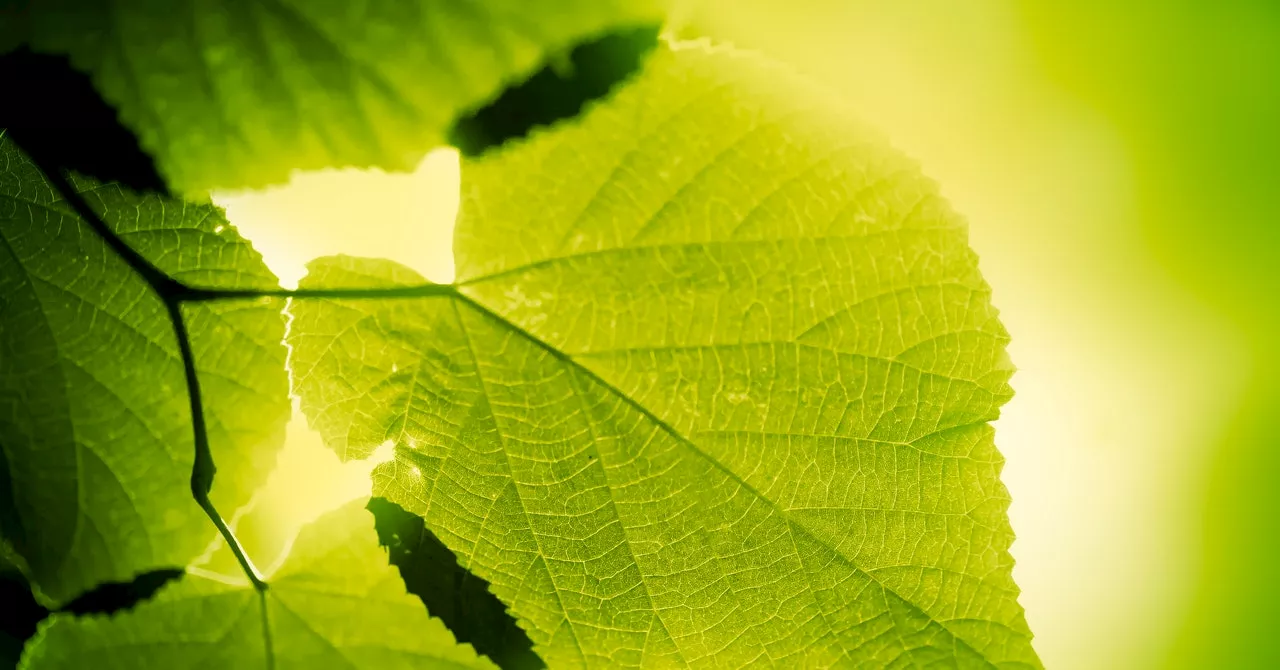A Japanese team has developed a technique to insert chloroplasts isolated from algae into animal cells, a feat that could revolutionize sustainable energy and how artificial meat and organs are created.
Replicating the development of this photosynthetic capability in other cells today—by placing chloroplasts inside animal cells—was previously thought impossible: animal cells recognize chloroplasts as foreign bodies and digest them. But a Japan ese research team has changed this thinking.
Further observations using an electron microscope revealed that the structure of the thylakoid membrane of the chloroplasts—which is where the enzymes required for photosynthesis are located—was maintained for at least two days. Measurements of photosynthetic activity using microscopic imaging and pulse modulation also confirmed that electron transport for photosynthesis was normal during this period.
Animals Science Cells Plants Japan
United States Latest News, United States Headlines
Similar News:You can also read news stories similar to this one that we have collected from other news sources.
 Researchers make glioblastoma cells visible to attacking immune cellsResearchers have identified a possible way to make glioblastoma cells vulnerable to different types of immunotherapy. The strategy, which they demonstrated in cells in the lab, forces brain cancer cells to display targets for the immune system to attack.
Researchers make glioblastoma cells visible to attacking immune cellsResearchers have identified a possible way to make glioblastoma cells vulnerable to different types of immunotherapy. The strategy, which they demonstrated in cells in the lab, forces brain cancer cells to display targets for the immune system to attack.
Read more »
 Researchers identify key enzyme in aging cells to promote healthy agingA team has made a groundbreaking discovery in the field of aging and inflammation. Japan's aging population is growing at an unprecedented rate, making it crucial to extend healthy lifespans rather than just lifespans.
Researchers identify key enzyme in aging cells to promote healthy agingA team has made a groundbreaking discovery in the field of aging and inflammation. Japan's aging population is growing at an unprecedented rate, making it crucial to extend healthy lifespans rather than just lifespans.
Read more »
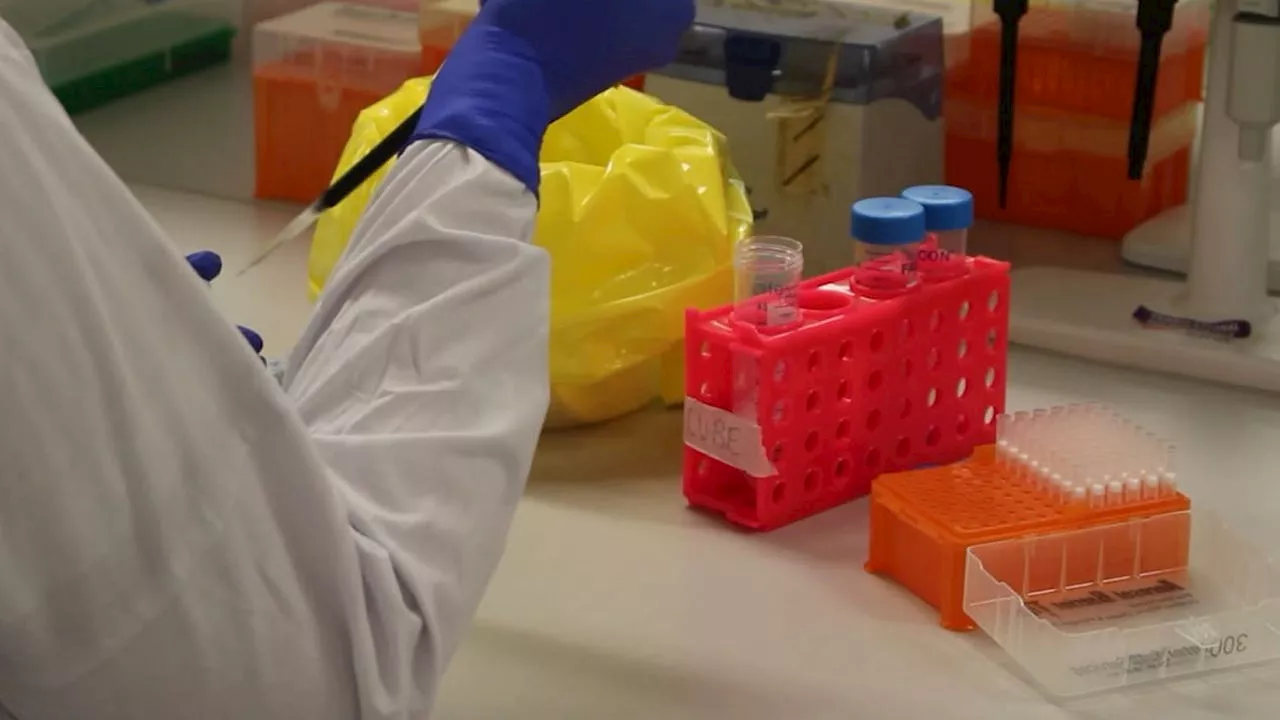 Researchers targeting childhood heart disease with stem cells, AIResearchers in the U.S. and Australia are ushering in a new era of pediatric medicine by using stem cells and AI to solve childhood heart disease.
Researchers targeting childhood heart disease with stem cells, AIResearchers in the U.S. and Australia are ushering in a new era of pediatric medicine by using stem cells and AI to solve childhood heart disease.
Read more »
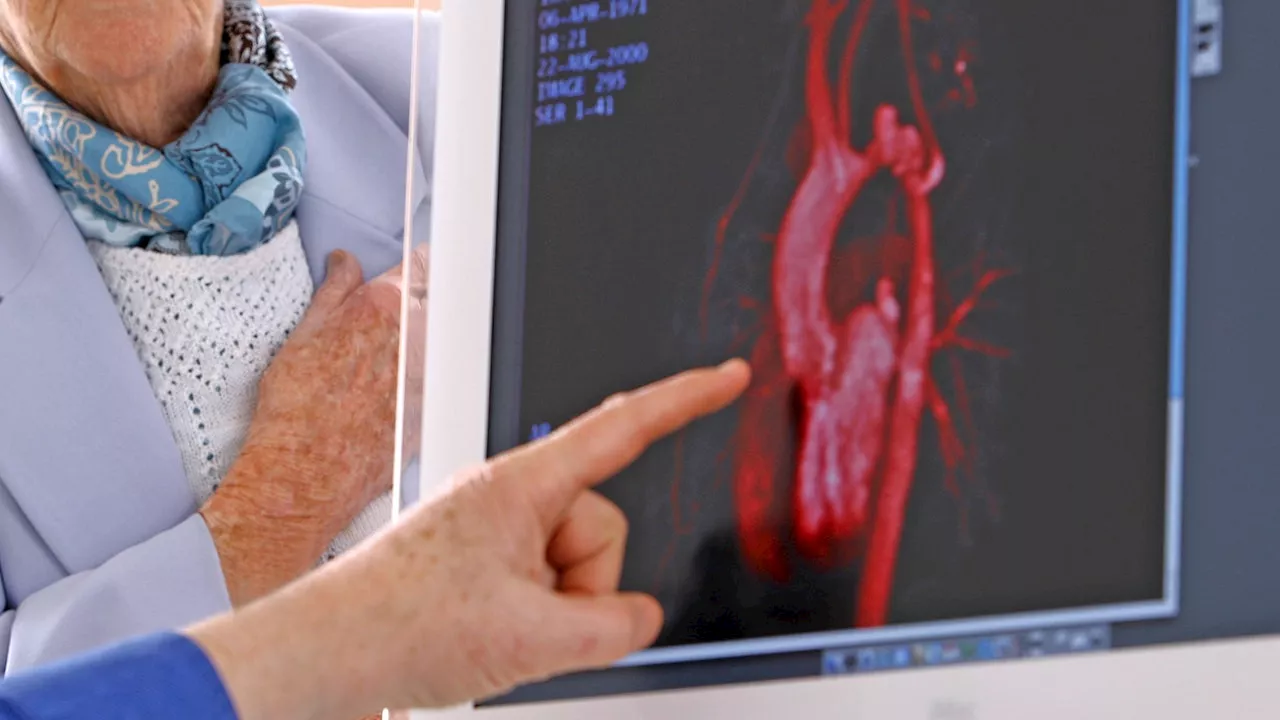 San Francisco, Australian researchers targeting childhood heart disease with stem cells, AIThe global research program involves the Murdoch Children’s Research Institute in Melbourne and the Gladstone Institutes in San Francisco, with researchers working to identify the genetic causes of infant heart disease and develop new treatments for it through the use of stem cells and AI technology.
San Francisco, Australian researchers targeting childhood heart disease with stem cells, AIThe global research program involves the Murdoch Children’s Research Institute in Melbourne and the Gladstone Institutes in San Francisco, with researchers working to identify the genetic causes of infant heart disease and develop new treatments for it through the use of stem cells and AI technology.
Read more »
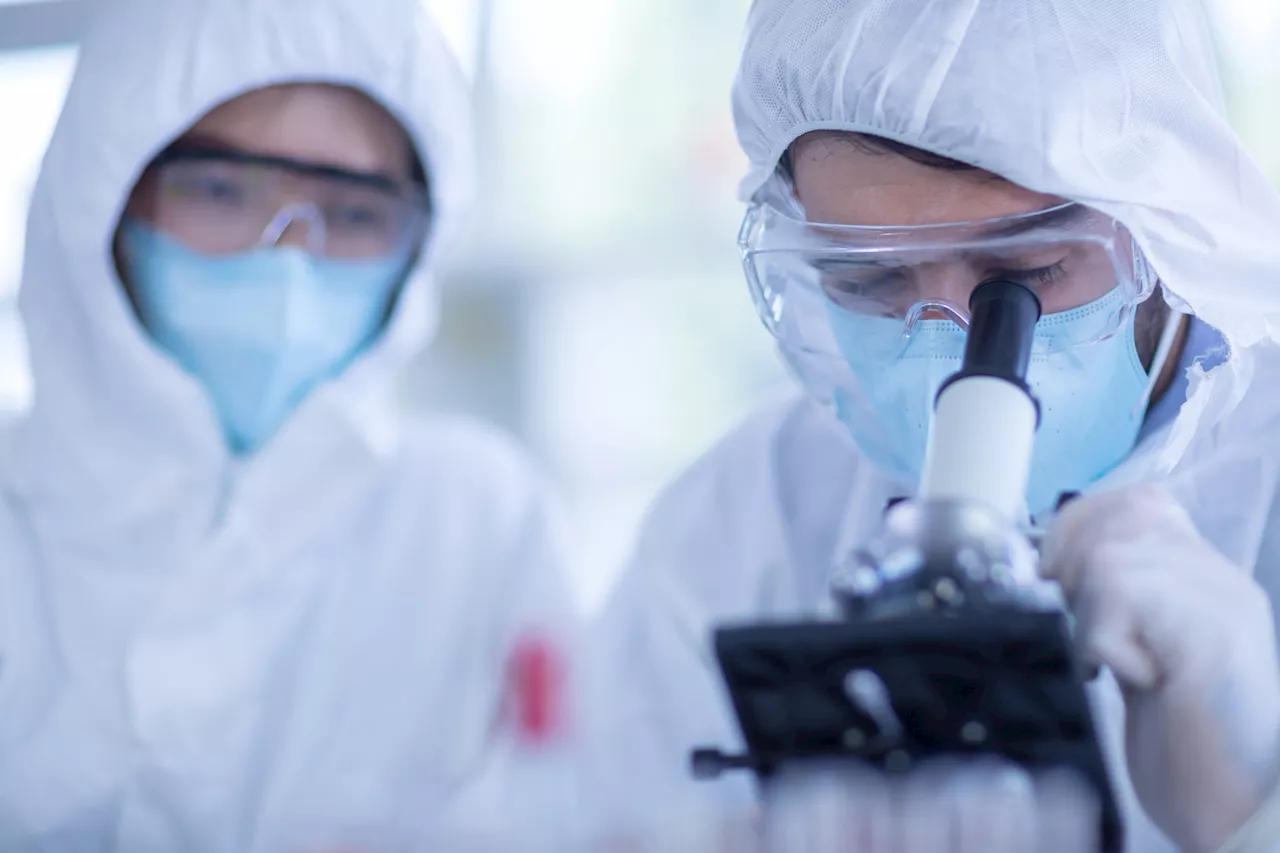 Japanese scientists created plant-animal hybrid cells that make their own energy from sunlightScientists in Japan have found a way to create solar-powered tissues, which may lead to breakthroughs in growing organs and lab-grown meat.
Japanese scientists created plant-animal hybrid cells that make their own energy from sunlightScientists in Japan have found a way to create solar-powered tissues, which may lead to breakthroughs in growing organs and lab-grown meat.
Read more »
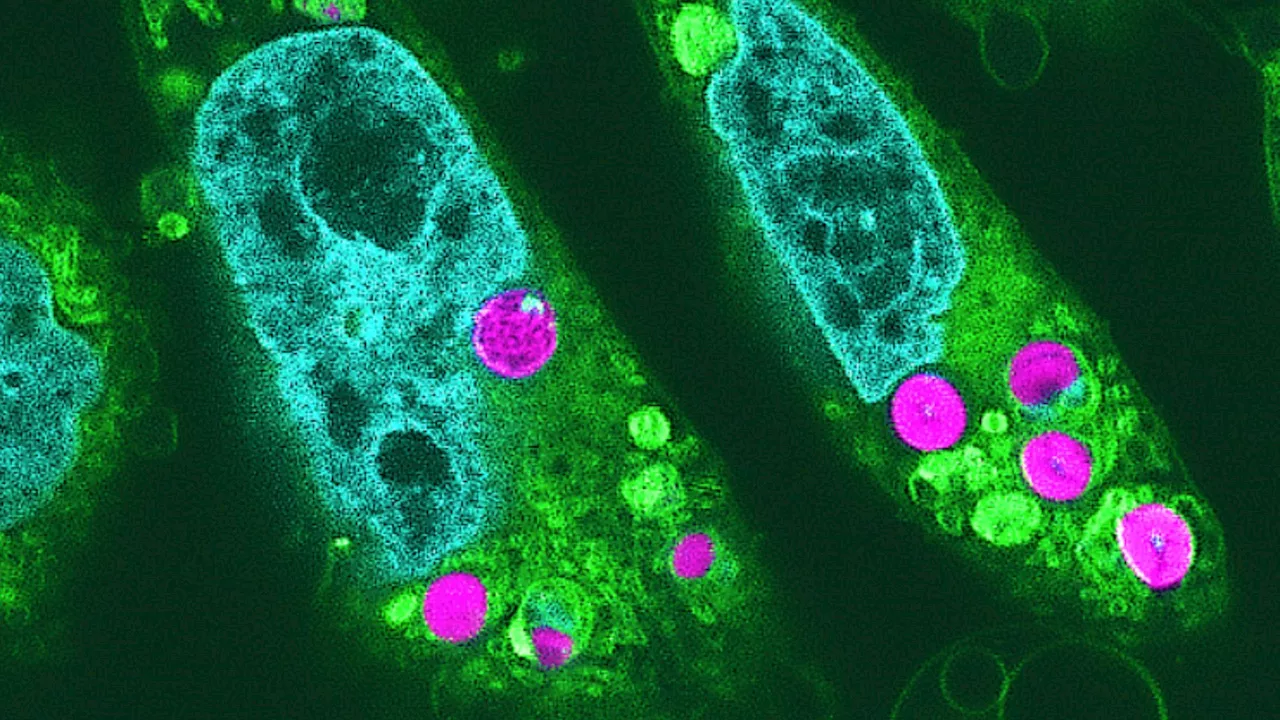 First-ever solar-powered photosynthetic animal cells created in lab using algaePreviously, it was believed that chloroplasts—light-capturing structures essential to plant cells—could not function within animal cells.
First-ever solar-powered photosynthetic animal cells created in lab using algaePreviously, it was believed that chloroplasts—light-capturing structures essential to plant cells—could not function within animal cells.
Read more »
